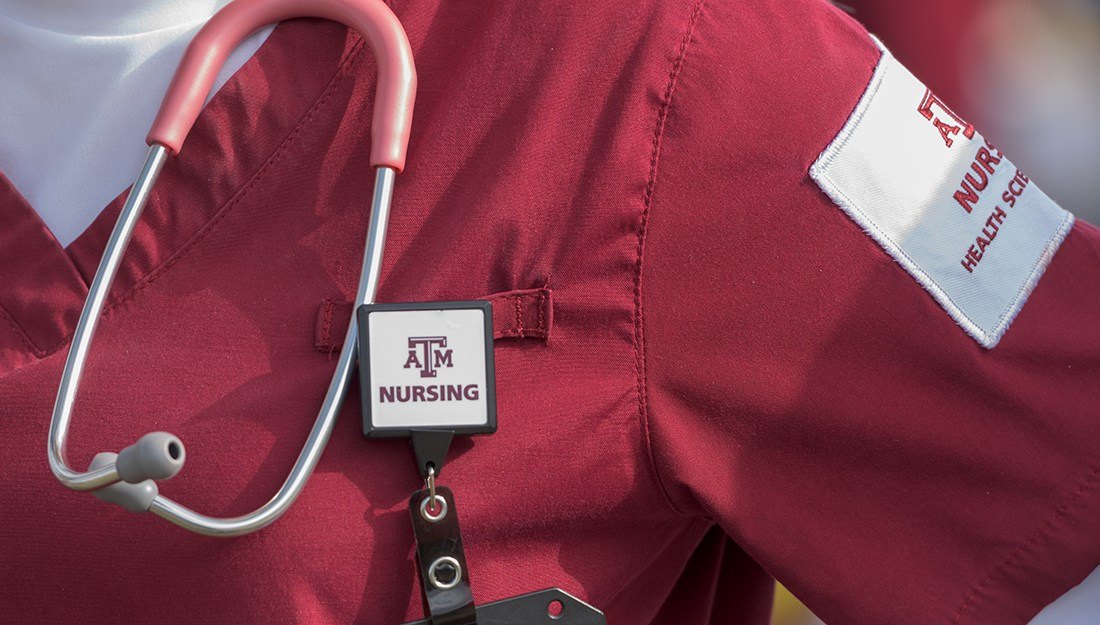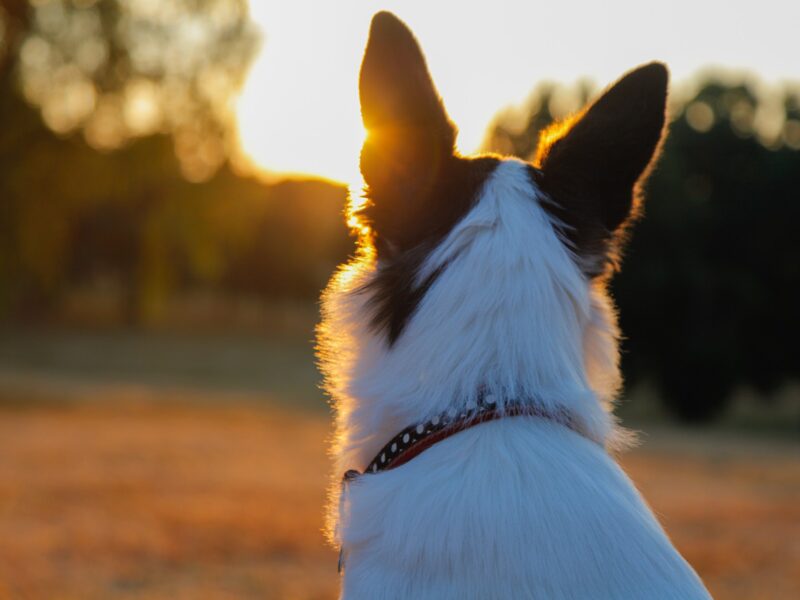
On October 1, 2017, one of the worst mass shootings in U.S. history took place in Las Vegas, as a lone gunman opened fire on a crowd at an outdoor country music festival. As gunfire rained down from a high-rise hotel window on more than 22,000 people, 58 people died, and more than 700 were injured and rushed to area hospitals. At one of those emergency departments, Nicole Mancuso, a graduate of the Texas A&M College of Nursing, was waiting to care for the wounded.
“It was probably the worst thing I have ever seen in my life, and I hope I never have to see it again,” Mancuso said. “It was complete chaos—we had people come in from the lobby, along with those brought in by emergency medical services. High adrenaline and a sense of duty helped me keep my composure. You have to stay calm in these situations, for the sake of the patient.”
Mancuso said that’s when her nursing training really paid off. “At the College of Nursing, I was involved in Disaster Day, where the simulation taught me to how to appropriately triage in cases of mass casualties and how to treat patients properly,” she said. “Having the knowledge of triaging really helped to know who needs more time from me and who is okay in comparison. What I learned at the college built my initial skills to become an ER nurse.”
Triage, sorting patients according to the urgency of their treatment, is a critical lesson learned during Disaster Day. Established by the College of Nursing in 2008, Disaster Day is the nation’s largest student-led, interprofessional emergency response exercise to engage in a large-scale disaster simulation. Students in the health science fields come together to collaborate on saving lives in a supervised, mock environment.
After graduating with her nursing degree in 2016, Mancuso moved to Las Vegas and joined Spring Valley Hospital Medical Center. On the first night of October 2017, she would be thrust into a chaotic scenario that would severely test her mass casualty training. Spring Valley Hospital Medical Center treated 53 of the Las Vegas shooting victims, many of whom came in with war zone-like injuries. “I was looking for gunshot wounds to see if any arteries were hit and to see if patients had pulses,” she said. “My goal was to control the bleeding until the doctors could operate on the patients.” Although Mancuso and her colleagues were mostly successful, three of their 53 patients died.
From an early age, Mancuso developed an interest in the medical field. Growing up, she watched her father serve as a firefighter in both Westchester and Dutchess counties in New York. He was among the first responders on September 11, 2001, and seeing him save lives made her want to go into a career that does the same. She chose nursing because it allows the development of person-to-person relationships with patients.
After moving to Texas to be with family, Mancuso earned a bachelor’s degree in psychology from Texas A&M in 2014. Afterward, she enrolled in a second degree BSN, an accelerated program that allows those with a bachelor’s degree in another field to earn a Bachelor of Science in nursing in 15 months.
On that night in October, Mancuso was in charge of the emergency room’s back area, and she treated approximately 25 patients. Because her 292-bed acute care hospital in southwest Las Vegas is four miles away from the shooting site, multiple shooting victims ended up there.
Mancuso felt a sense of connection to all the patients brought in that night. “I saw families of three people who died, praying for the loved ones they had just lost,” she said. “In the emergency room, I didn’t get to know the names of the people I treated for gunshot wounds. For me, a sense of closure came later, when I saw their names in the news.”
Since that night, Mancuso has married and is beginning another chapter in her life. She is moving from Las Vegas to southern California, where she has accepted employment as an emergency room nurse at Mission Hospital Laguna Beach. In July, she is starting a master’s program to become a family nurse practitioner. She plans on receiving certification in emergency medicine to be a midlevel provider in hospital emergency rooms.
Mancuso wants current nursing students to know that they, too, can make a difference, that everything they are learning in the classroom and the clinic will be useful one day. “I strived to be a nurse in the specialty unit that interested me—the emergency room. I was fortunate to get this position where I can help patients under life-threatening conditions and provide life-saving care. I think any nursing student who persists in their field of interest can make a huge difference in patients’ lives.”
###
This story by Tamim Choudhury originally appeared in Vital Record.





